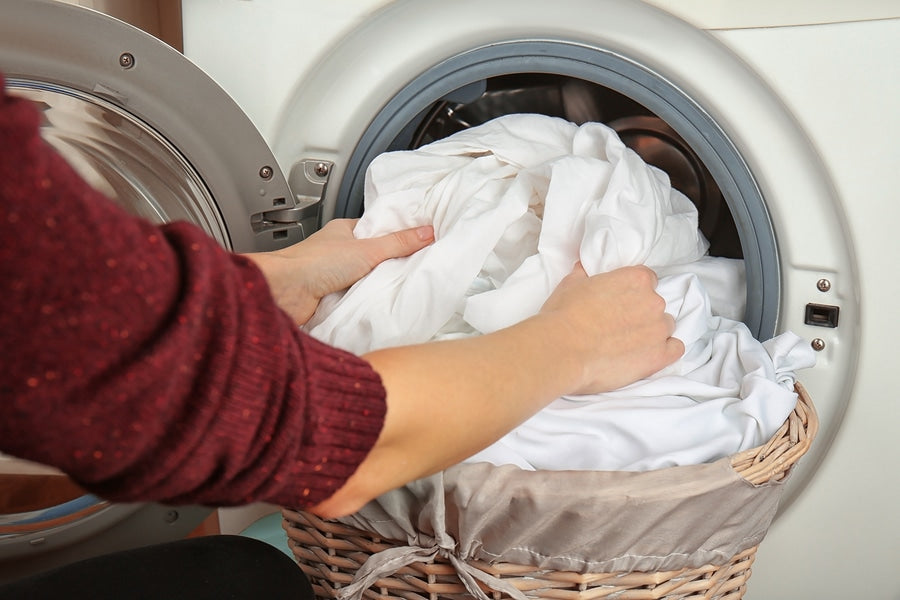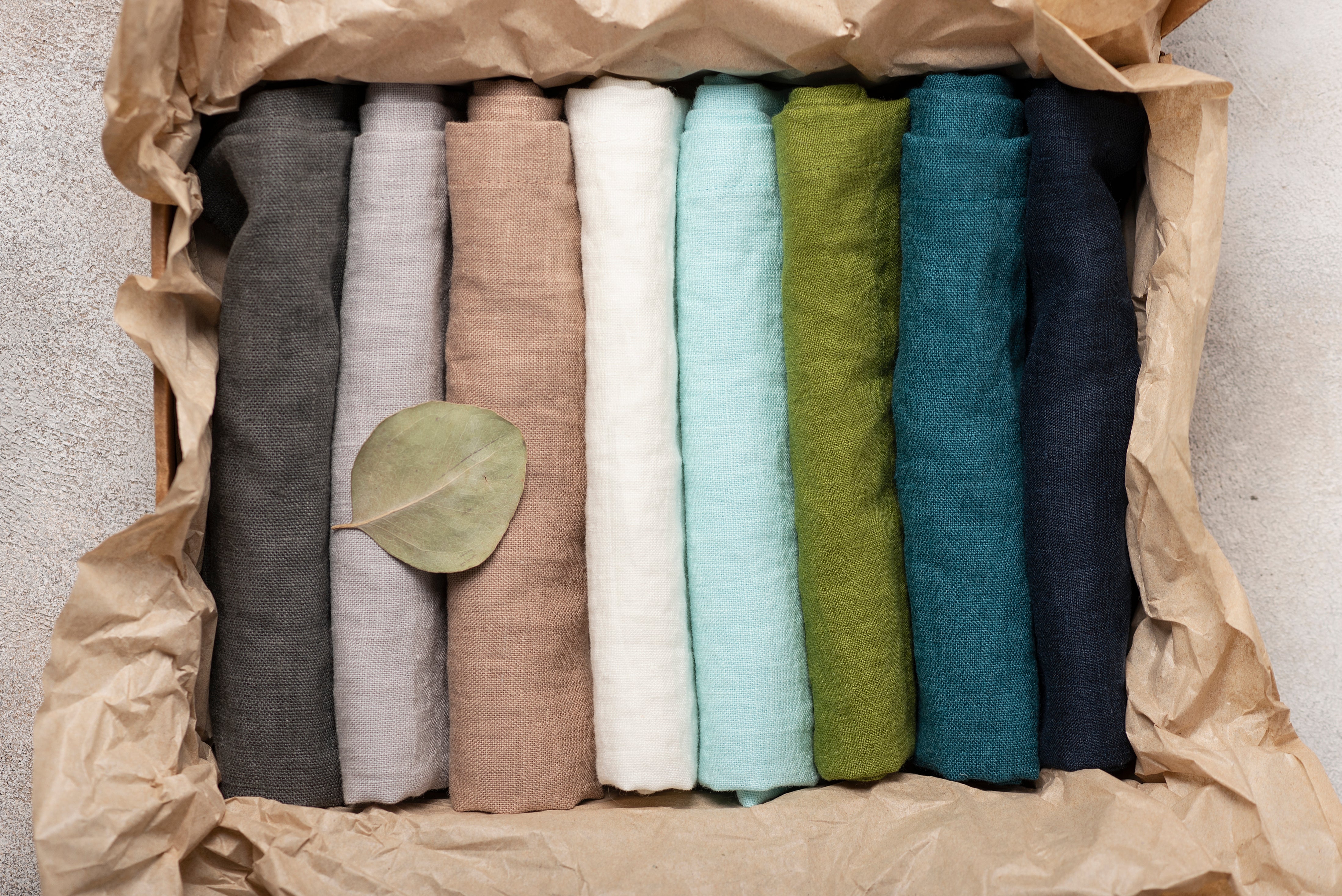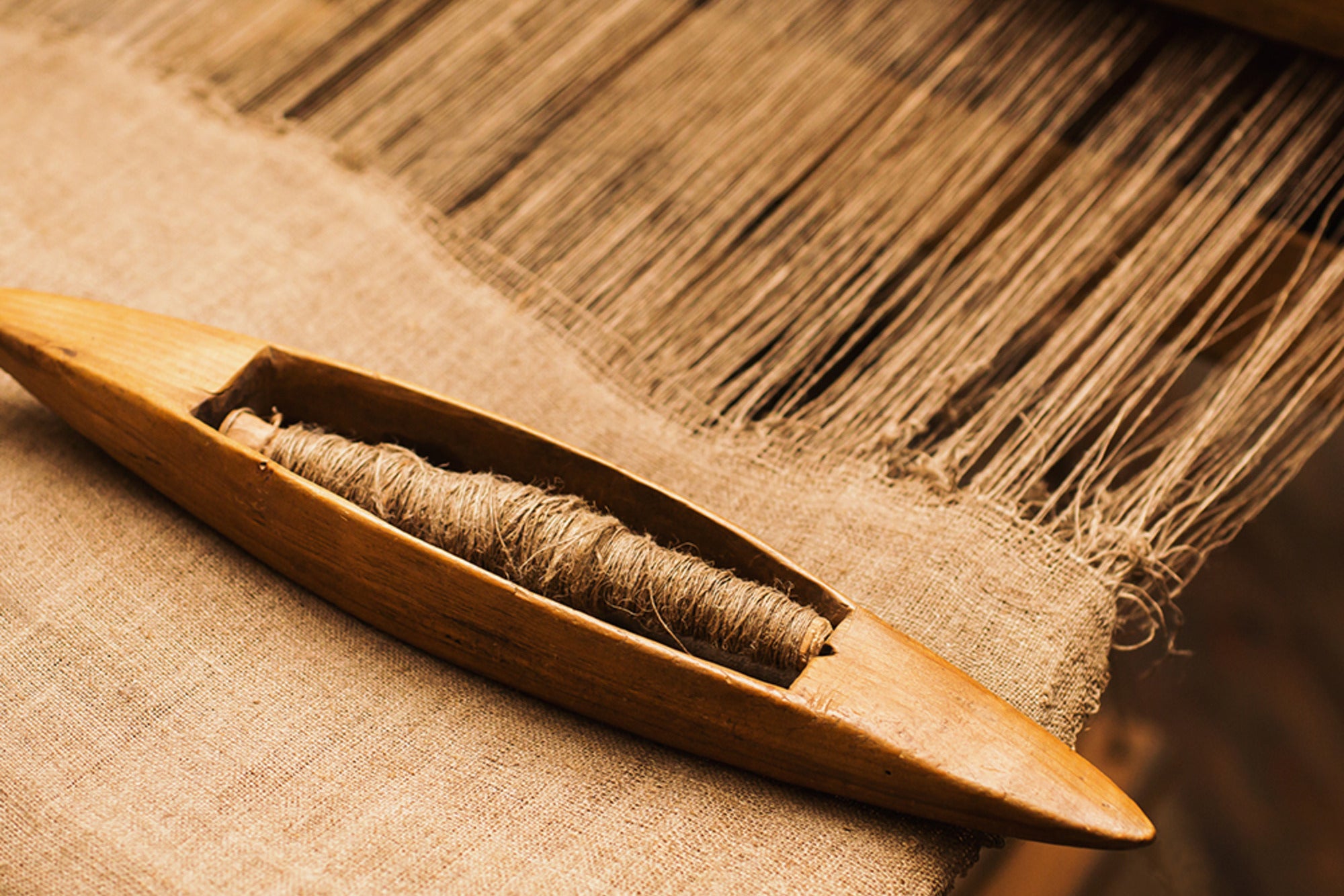Linen dining essentials – they're like the unsung heroes of every meal, adding a touch of elegance to your table. Whether you've got linen napkins, a classic tablecloth, or those adorable placemats, they all deserve a little TLC (tender loving care) to remain in their best condition. In this easy-to-follow guide, we'll break down linen care for you, from washing and ironing to storing, stain emergencies, and even the importance of giving them all a fair share in the spotlight. So, let's dive in and ensure your table linen continues to make your dining room shine!
How to wash linen?
Washing your linen tableware is a crucial part of its care routine, and it's essential to be aware that linen can shrink, particularly during the first wash. Here's a detailed guide on how to wash your linen items effectively while considering the possibility of shrinkage:
- Sorting by Color and Type: Before loading your washing machine, sort your linen items by color and type. Dark or vibrant-colored linens should be washed separately from lighter ones, especially during the first few washes. Sorting also prevents lint transfer from other fabrics.
- Use a Gentle Cycle: Opt for the gentle cycle on your washing machine. This reduces the agitation, preventing excessive wear and tear on the delicate linen fibers. Use cold or lukewarm water, as hot water can cause shrinkage and weaken the fabric
- Selecting the Right Detergent: Choose a mild, eco-friendly detergent specifically formulated for delicate fabrics. Avoid detergents containing bleach or harsh chemicals, as they can strip away the natural luster of linen.
- Pre-Treating Stains: Before starting the wash cycle, pre-treat any visible stains or spills on your linen items. Gently blot the stain with a clean cloth or paper towel to absorb excess moisture, then apply a mild stain remover or a mixture of lemon juice and salt for natural stain removal.

How to iron linen?
Linen possesses a unique quality that sets it apart from other fabrics—its natural creases. These gentle, inherent wrinkles are not a flaw but a defining characteristic of linen, giving it a relaxed, soft feel and a distinct charm. Embracing these natural creases can enhance the beauty of linen in your daily life. However, if you prefer a more polished look, here are some tips for ironing linen effectively:
- Iron Damp Linen: Linen is ironed most efficiently when it's slightly damp. After washing, remove your linen items promptly and lightly mist them with water. Alternatively, you can roll them in a damp towel to add moisture to them before ironing.
- Adjust Heat Settings: Set your iron to a medium to high heat setting. Ensure that your iron is clean to prevent any residue from transferring to your linen.
- Press on the Reverse Side: To prevent creating shiny spots on your linen, always iron on the reverse side of the fabric. This not only preserves the fabric's texture but also maintains its natural sheen.
- Work in Sections: Start ironing the largest areas first, like the center of a tablecloth or the main body of a napkin. Then move on to smaller sections and details.

How to store linen:
Proper storage is vital for keeping your linen tableware in pristine condition for years to come. Here's a closer look at how to store your linen items effectively:
- Cool and Dry Location: Find a cool, dry spot to store your linen tableware. It's essential to keep them away from direct sunlight and excessive moisture, which can lead to mold and mildew.
- Fold Neatly: While it might be tempting to hang your linens, it's generally better to fold them neatly. Hanging linens for extended periods can cause them to stretch and fall out of shape.
- Consider Breathable Storage: If you have the option, consider storing your linen items in breathable storage bags or drawers. These not only shield your linens from dust and pests but also allow the fabric to breathe.
- Avoid Plastic and Airtight Containers: Linen requires ventilation to prevent moisture buildup. Avoid storing your linens in plastic bags or airtight containers, as this can trap moisture and lead to a musty odor.
- Linen Storage Tips: If you have limited storage space, consider using acid-free tissue paper between folded linens. This minimizes friction and helps prevent wrinkles.

Just remember!
As you embark on your linen care journey, remember that with a little TLC, your linens will continue to elevate your dining experiences, creating memories and enhancing the beauty of every meal. Cheers to a table set with elegance and the joy of sharing it with loved ones!
If you have any further inquiries about O'lucio Authentique Home products and how to care for them, please let us know. We’d love to help you!




Leave a comment
This site is protected by hCaptcha and the hCaptcha Privacy Policy and Terms of Service apply.